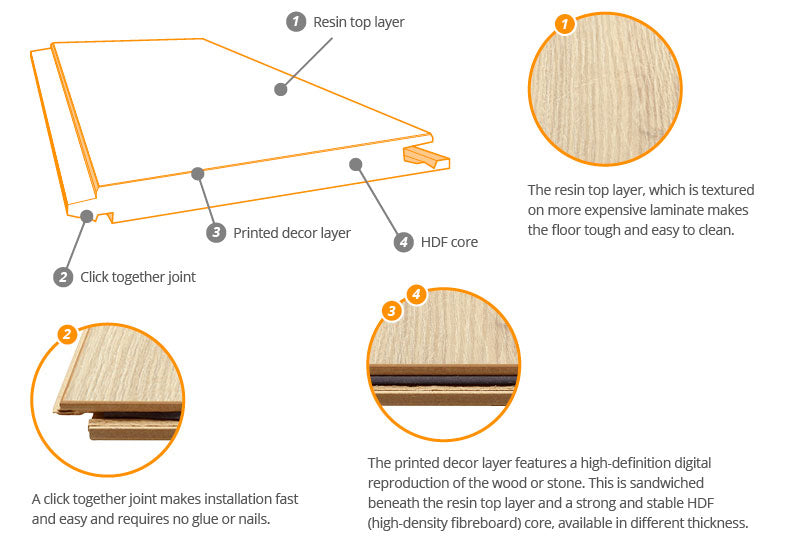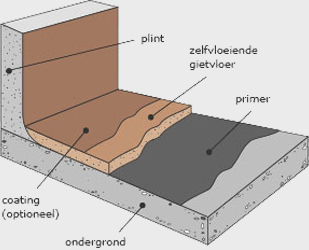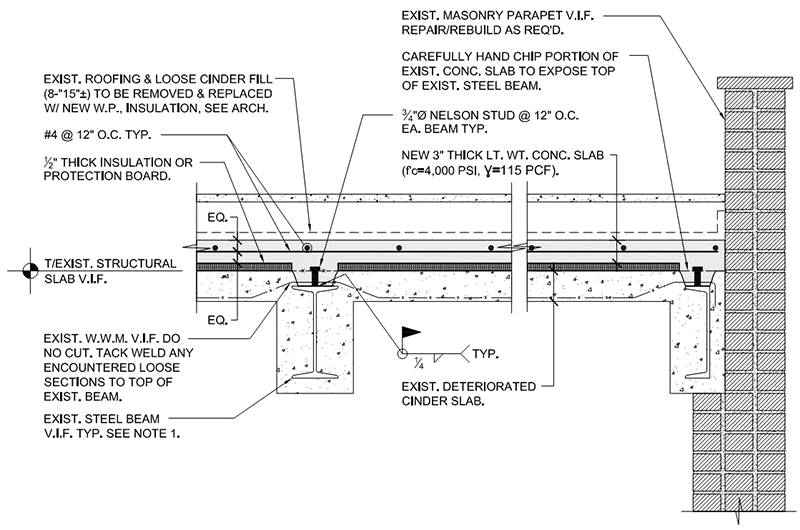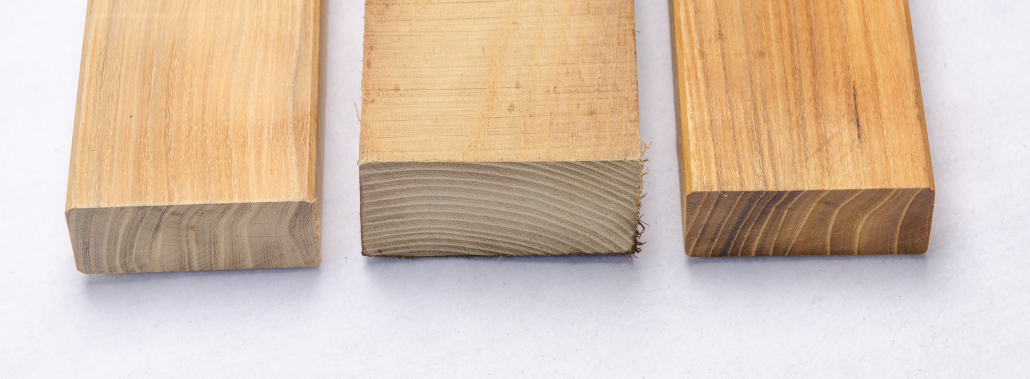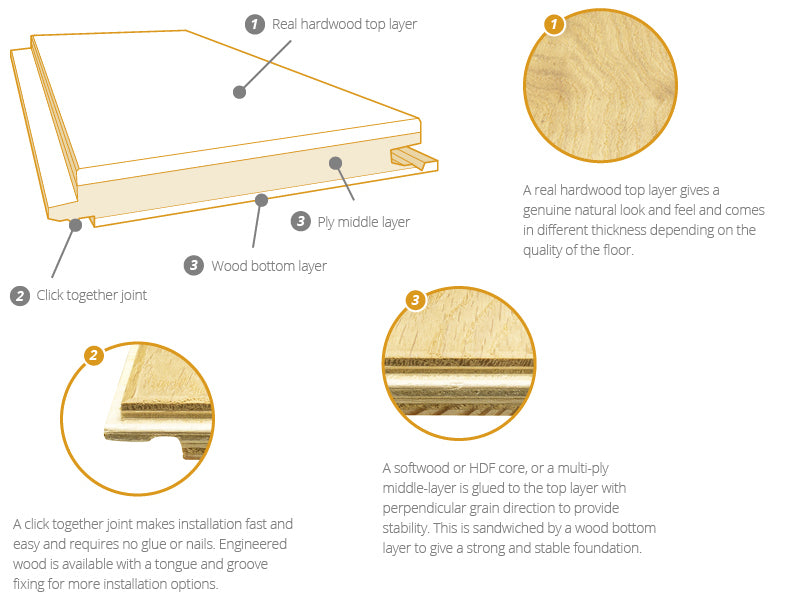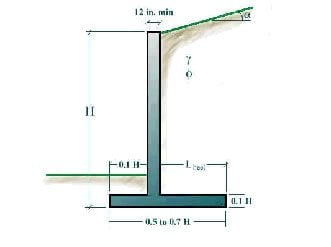In determining the capacity of the trailer floor to support a forklift consider various factors including floor thickness and cross member spacing or unsupported floor area.
Define floor thickness.
The top layer of a sprung floor is a performance surface this can be either a natural material such as solid wood engineered wood or rubber or it can be a.
Removing a floor hvac vent is the best way to check for total floor thickness.
How to use thickness in a sentence.
With the vent removed you have a wide clear view of a cross section of your floor.
Floor covering is a term to generically describe any finish material applied over a floor structure to provide a walking surface flooring is the general term for a permanent covering of a floor or for the work of installing such a floor covering.
Basement floor thickness can be a problem if the concrete is too thin.
A concrete slab is a common structural element of modern buildings consisting of a flat horizontal surface made of cast concrete.
Look for a minimum basement floor thickness of at least 3 5.
Materials almost always classified as floor covering.
Thickness definition is the smallest of three dimensions.
For this reason it is recommended that consumers use mil as the reference unit when measuring and buying vinyl.
The two units of measurement are not equal.
For example if you happen to move into an old house where the basement floor was an afterthought they may have poured the concrete too thin.
Both terms are used interchangeably but floor covering refers more to loose laid materials.
Floor plate definition is a plate as of steel or iron set in or forming part of a floor and sometimes provided with t slots to which heavy work and portable machine tools can be bolted to facilitate machining and erection.
According to actual measurement comparisons of the thickness of different vinyl pool liners 20 mil is equal to 0 0205 inches on average while 20 gauge is equal to 0 0185 inches.
It may not have reinforcing mesh resulting in cracks or an uneven floor.
Steel reinforced slabs typically between 100 and 500 mm thick are most often used to construct floors and ceilings while thinner mud slabs may be used for exterior paving see below in many domestic and industrial buildings a thick concrete slab supported on.



